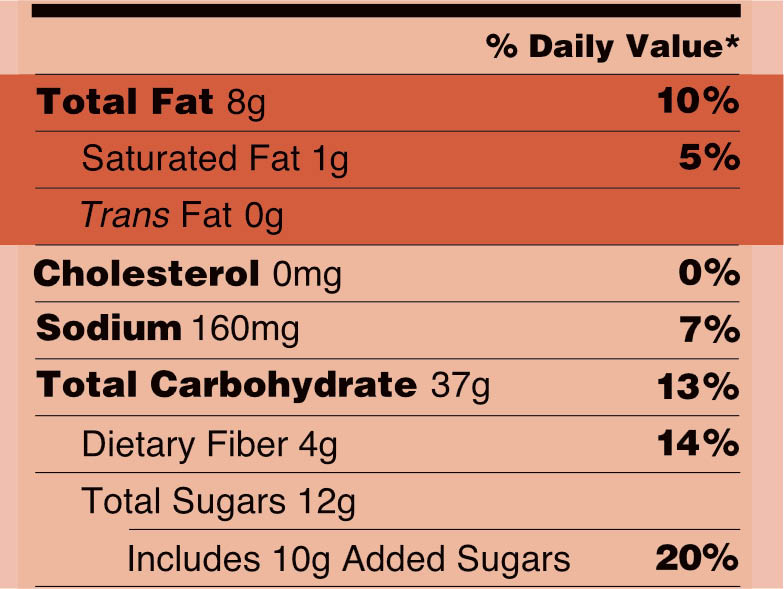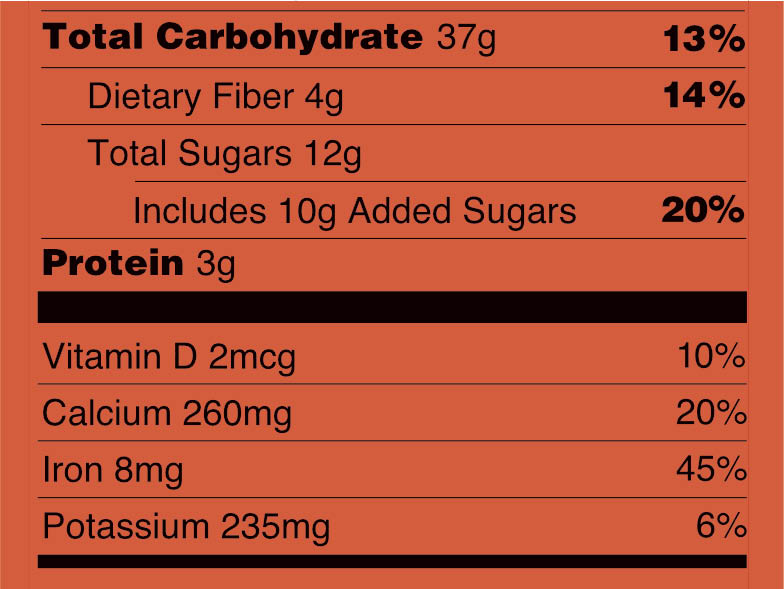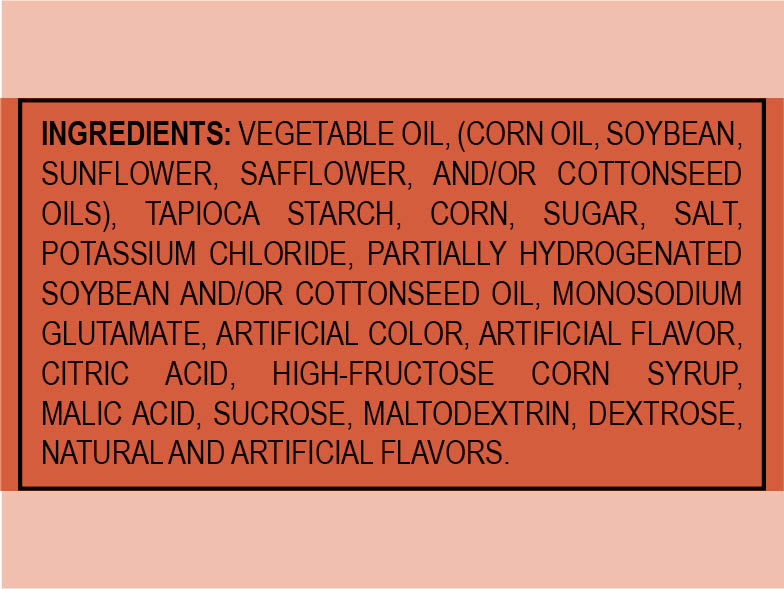Here’s How to Read Food Labels the Right Way
If you’re looking to lose weight or eat healthier, you should be reading the labels on everything you eat and drink. But it can be difficult to know what to look for and what all of the information really means.

Serving sizes
A serving size tells you how much you’re consuming with each serving. So, if you eat two servings, double the nutritional values listed. Don’t just assume that there is one serving in every package.

Calories
Calories are a unit of measurement related to energy. When you consume more calories than you use, the excess is stored in your body, leading to weight gain. Only 20 to 30 percent of your daily calories should come from fat.

Fats
Contrary to their reputation, fats are actually important nutrients. However, not all fats are the same. Monounsaturated fats and polyunsaturated fats are the best choices for their health benefits. Saturated fats should be consumed sparingly, and trans fats should be avoided at all costs.

Essential nutrients
According to the FDA, most Americans don’t get enough dietary fiber, vitamin A, vitamin C, calcium, or iron in their diets. Many foods that are high in these nutrients are good for your health.

Cholesterol and sodium
Eating too much of these nutrients may increase your risk of certain chronic conditions, like heart disease, some cancers, and high blood pressure. Limit your intake to the recommended daily values listed on the food label.

Ingredients
It’s important to look carefully at the ingredients list. Foods with less than half a gram of trans fat per serving can be listed as 0 grams of trans fat. But if the ingredients contain the term “partially hydrogenated oils,” the food has trans fat. Added sugar can also go by other names, including high-fructose corn syrup, sucrose, maltose, and dextrose, among others. Also keep in mind that ingredients are listed in order of prominence in the product.































